Keep up with key trends in licensing as 500px’s Art Director & Creative Research Lead, Karen Biilmann, analyzes common threads and current themes throughout our contributors’ photography submissions. From long exposure and remote locations to storytelling through food, here’s what’s trending in the 500px Licensing collection.
Long exposures & remote destinations
As in our last trend report, dramatic landscapes are still a core feature in Licensing, but here, photographers have taken to the night, shining a light on long exposures, remote locations, and movement in the night sky.
These far-flung locations accentuate crystal clear skies, dazzling star clusters, and fantastic aurora borealis light shows. Long exposures pick up on even the most subtle movements in the night sky, capturing motion and leading the eye within the frame. Instead of dramatic landforms being the sole focus in these images, they instead complement the experience within the composition, often drawing your eye to the centre of the frame. The sheer scale of these isolated locations provide room for your eyes to wander, evoking a sense of peace as you look at the landscape.
Domesticated life
The not-so-secret life of pets is having a moment. We took a closer look at some of our favorite, fun-loving companions and spotted a few key themes. See: pets in action, playing with friends, and getting dirty.
And after a full day, sometimes a pet just needs some good ol’ downtime. Lounging around the house is an essential pastime for these subjects.
But from one extreme to the other, life is not all fun and games. Pampered pet life may be #goals, however, we have also unearthed the less-enjoyable side of owners’ #petlove. Such as bathtime:
Questionable hair days:
And fashion faux pas:
Jokes aside, we’re seeing a lot of distinctly soft backgrounds, creating this highly identifiable look and theme to pet portraitures. These trending shots are highlighting expressions and moments, while also surfacing narratives that are instantly familiar to many pet owners.
A bug’s life
Macro photography allows photographers to zoom in on small, otherwise-unknown moments, like getting up-close-and-personal with insects. We have the opportunity to see them interacting with one another, which we can see in ‘Just say hi…’ by Nico Yoas. We’re also encouraged to take in every hair, leg, and eyeball on a tiny arachnid, such as in ‘Black Jumping Spider?’ by Suparmanto Bong.
Some instances of macro photography scale the subject to such a size that it appears abstracted, similar to new age poster art referencing biomechanical, lovecraftian horror.
Connecting moments
Family ties and connection—especially moments between children and siblings—are also trending in the collection. The strong connection of an older sibling to a younger one is shown in ‘Sister love’ by Joan Marc Cots. We also see new beginnings and early bonds formed with a proud sister and new baby in ‘Welcome to the family lil sis:)’ by Elena Hecht. Moments on vacation also command focus, showing sisters playing in the sand or having a good time on the beach.
Concrete jungles
Dramatic skyscrapers and downtown skylines are captured from all angles in the collection. Current contributions have us looking into the sky from a first-person perspective, creating long lines and an extension that towers above the ground.
From above, the photographer delivers a high-level look at the concrete jungle, seas of skyscrapers, and city grids. We also face cities straight-on, seeing them from a different, equally-dramatic perspective.
The story of food
Food photography has grown into a storytelling experience, showing us the process of food creation from start to finish. We see documentation and narrative in the series, as seen in Banislav Nenin’s recording of the making of a pizza. He suggests an element of film with different angles in the various stages of pizza construction, like stop-motion animation; movement and instructions are communicated within the four frame series.
While the chef remains off-camera, a human presence is still felt throughout the series. The chef’s presence is implied, but not the focus, humanizing the experience and queuing our inner monologue: “I can do this, too.”


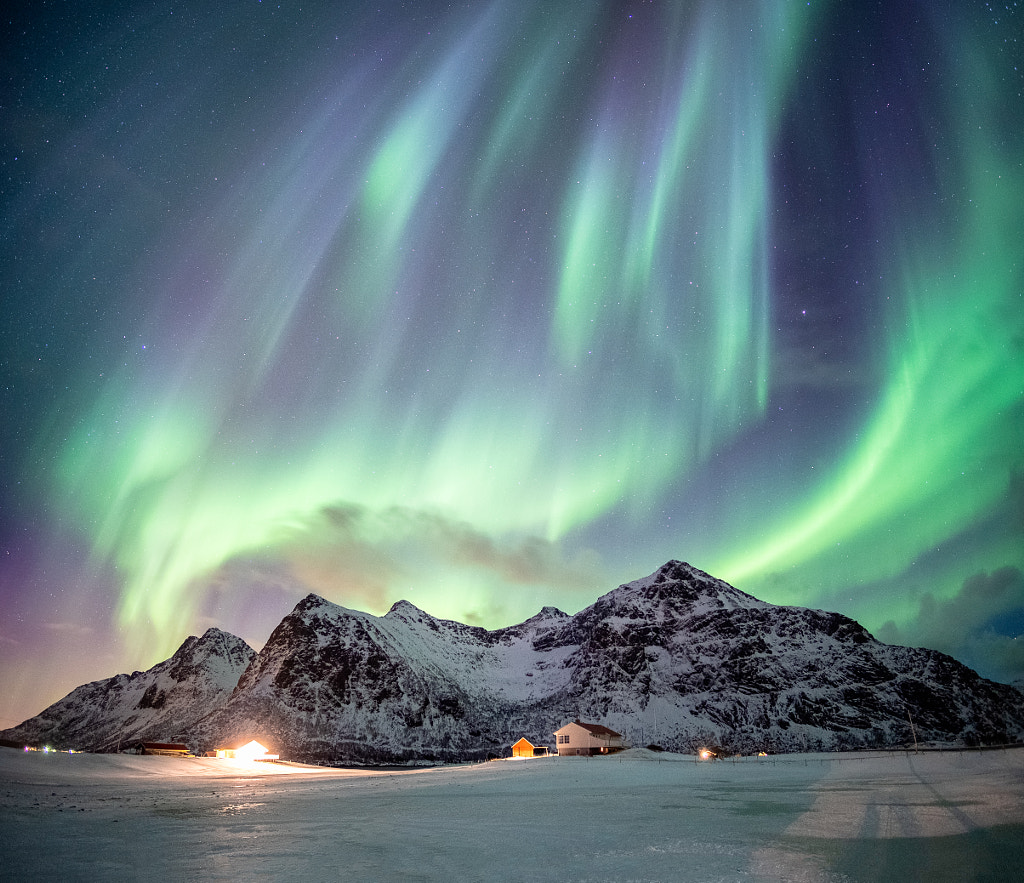
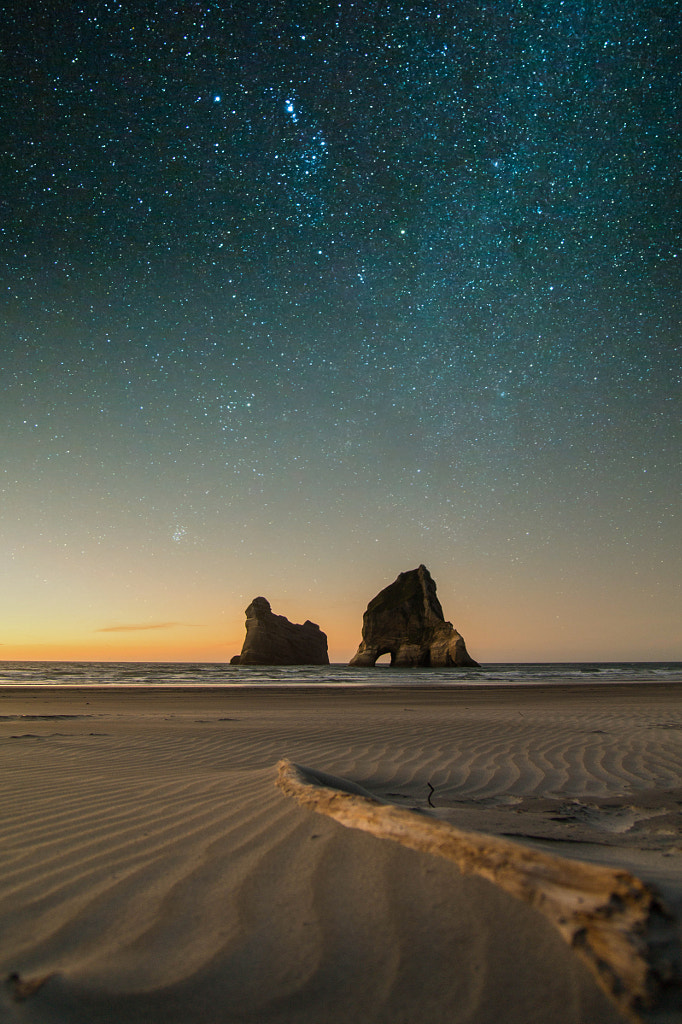



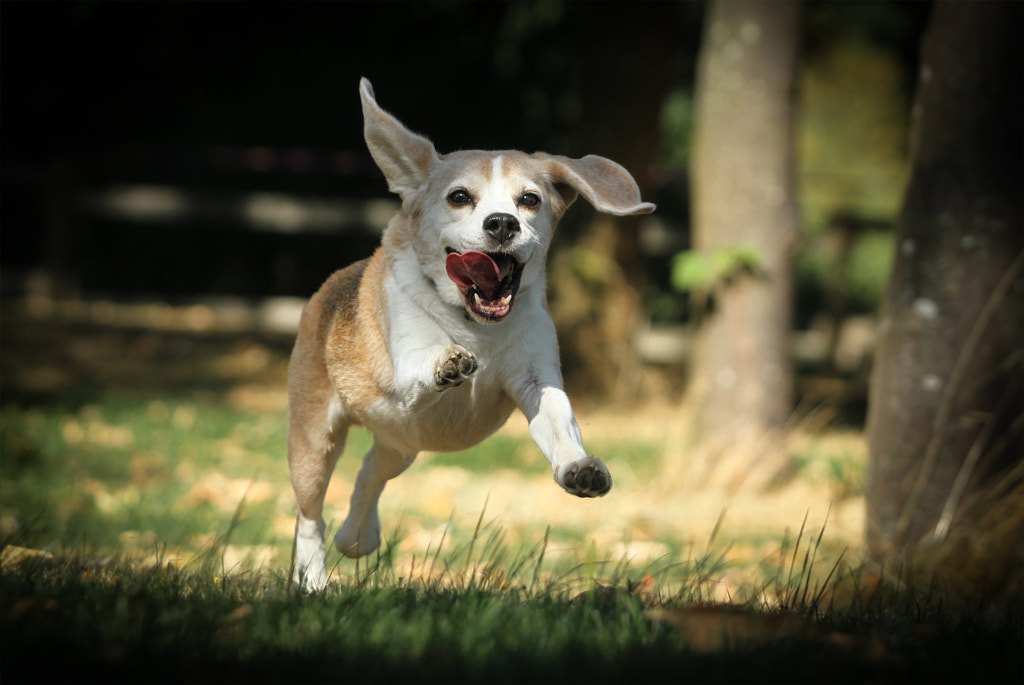


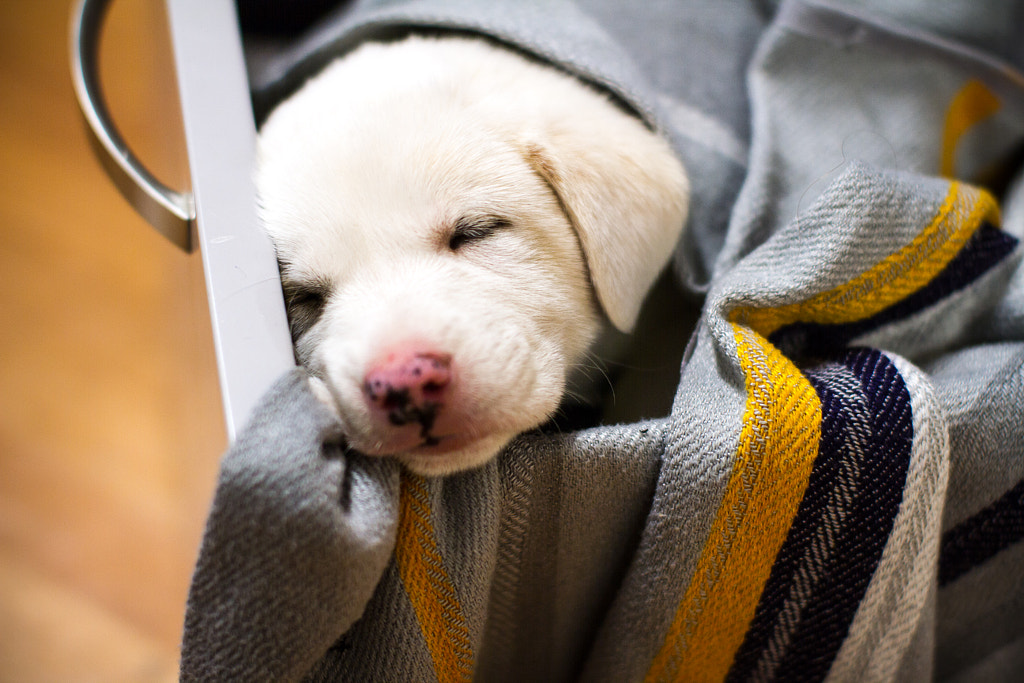
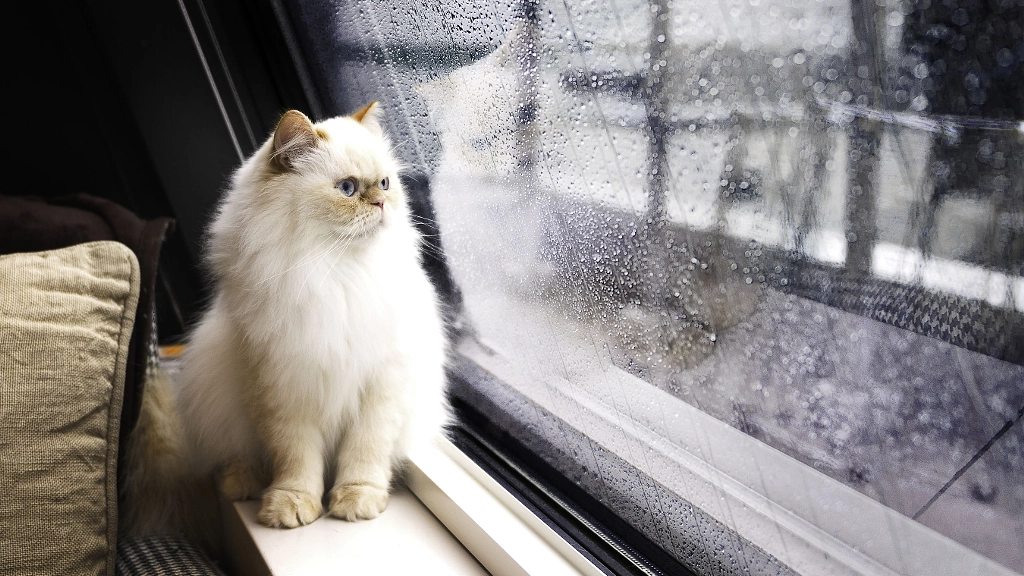

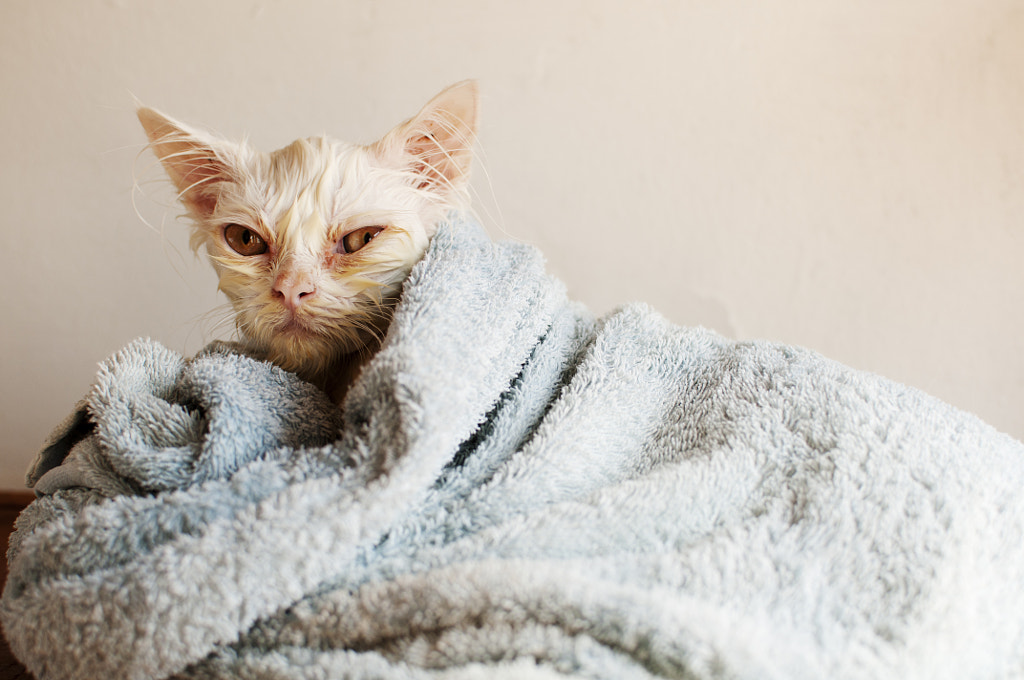
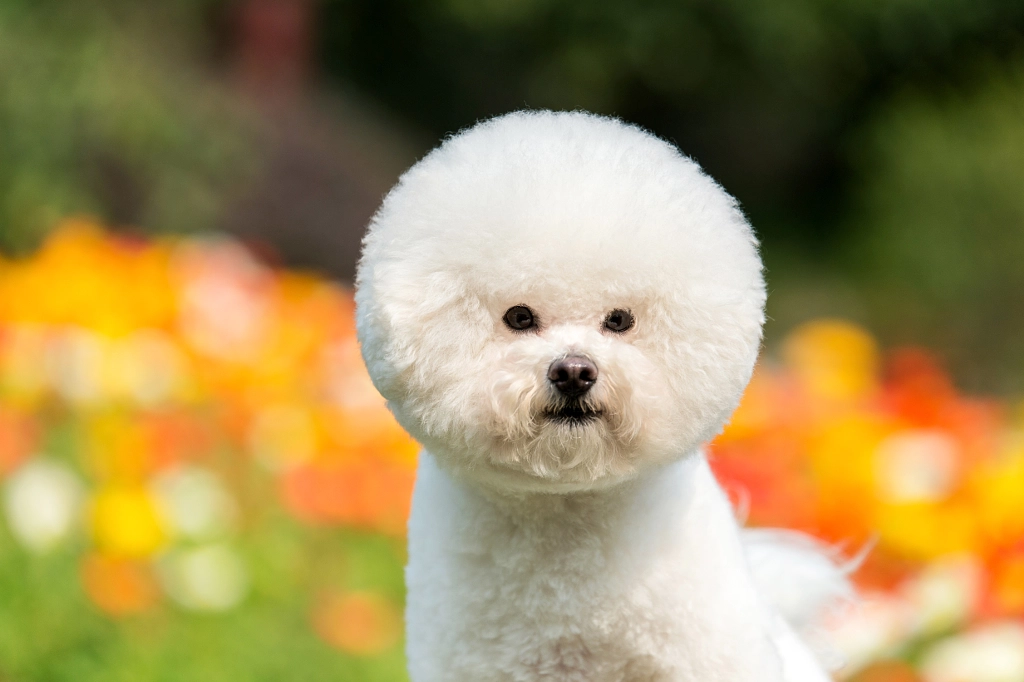
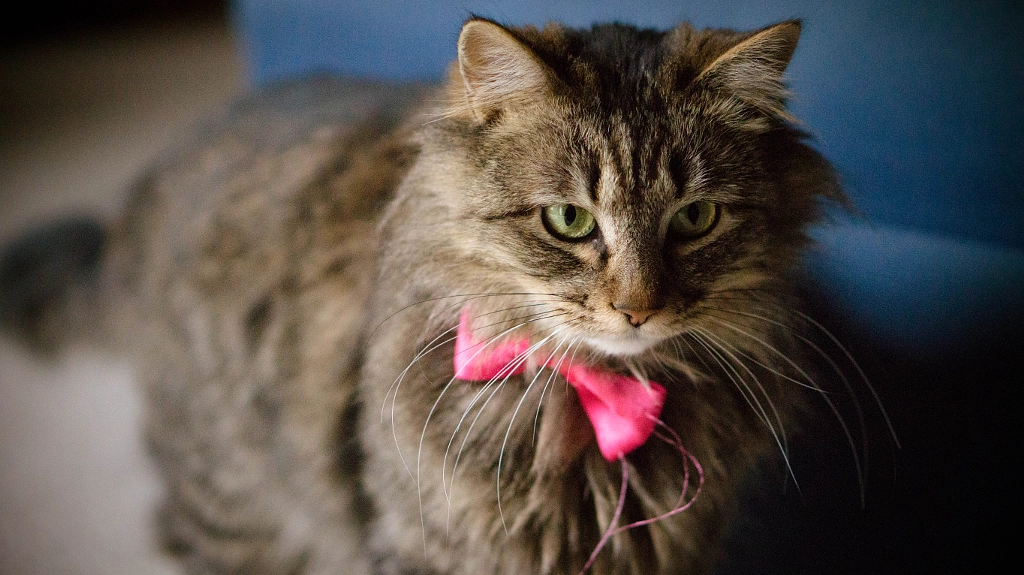
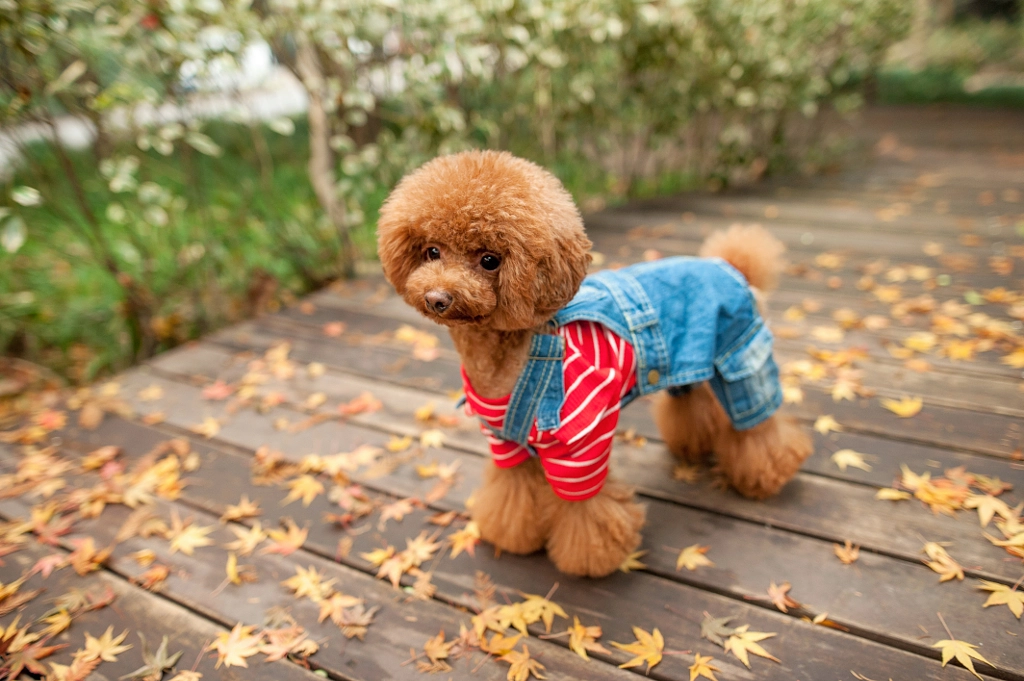
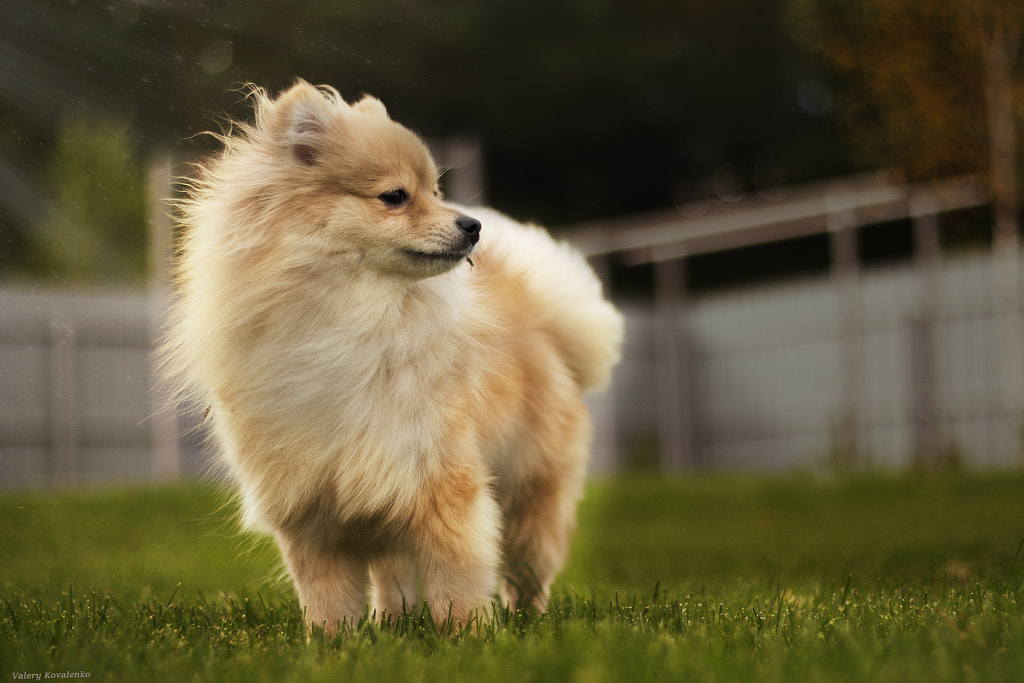
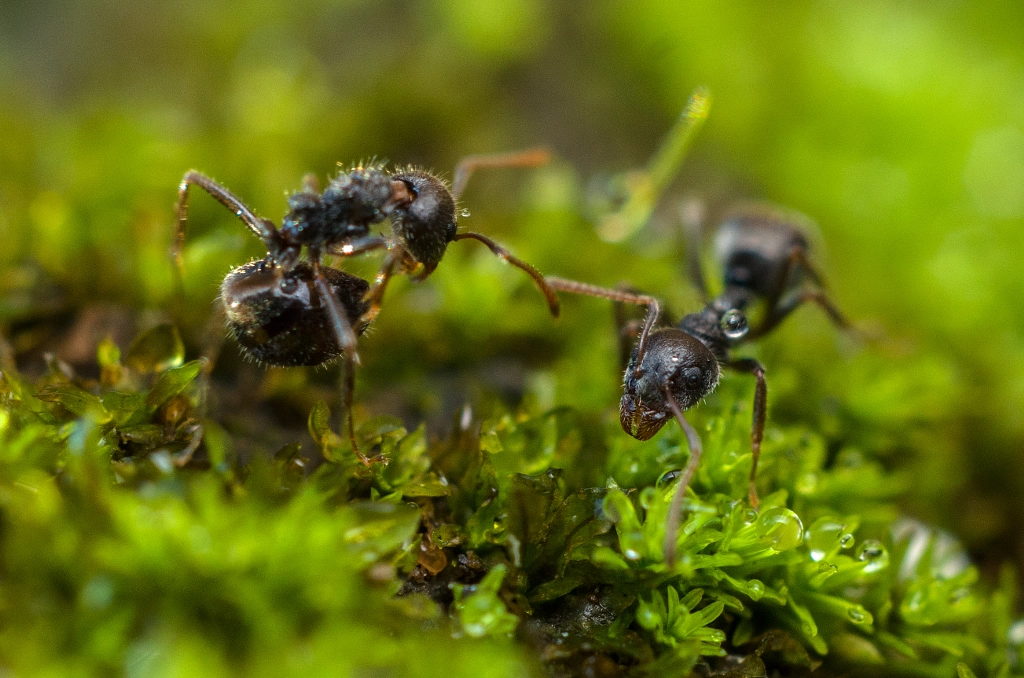
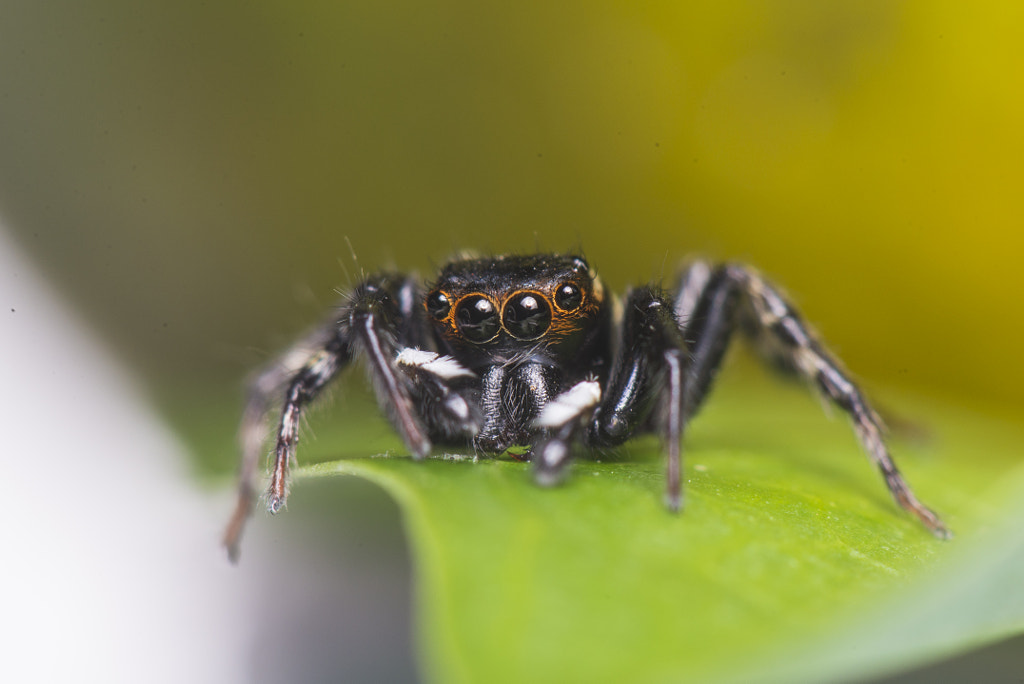
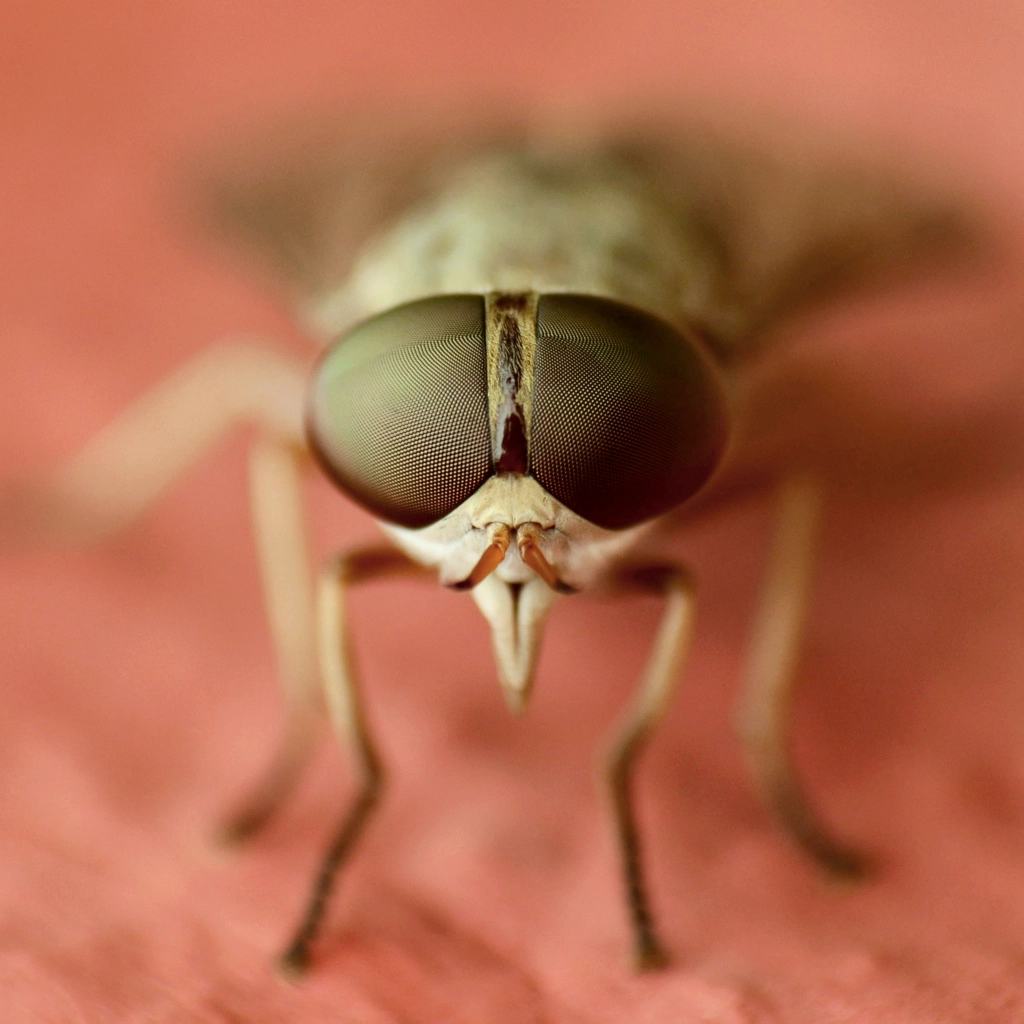
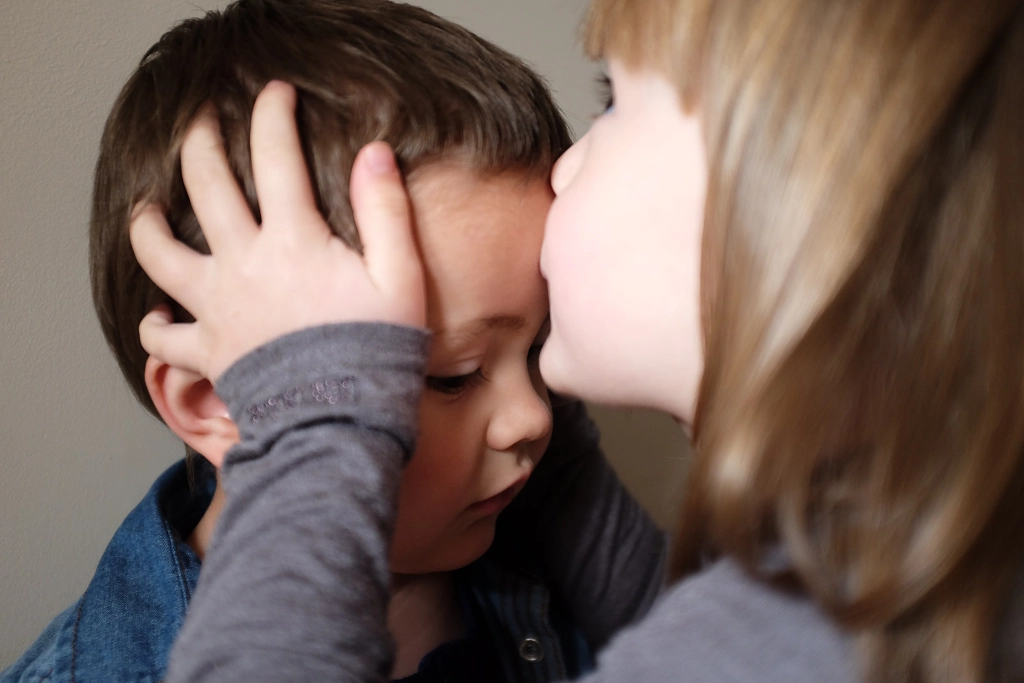
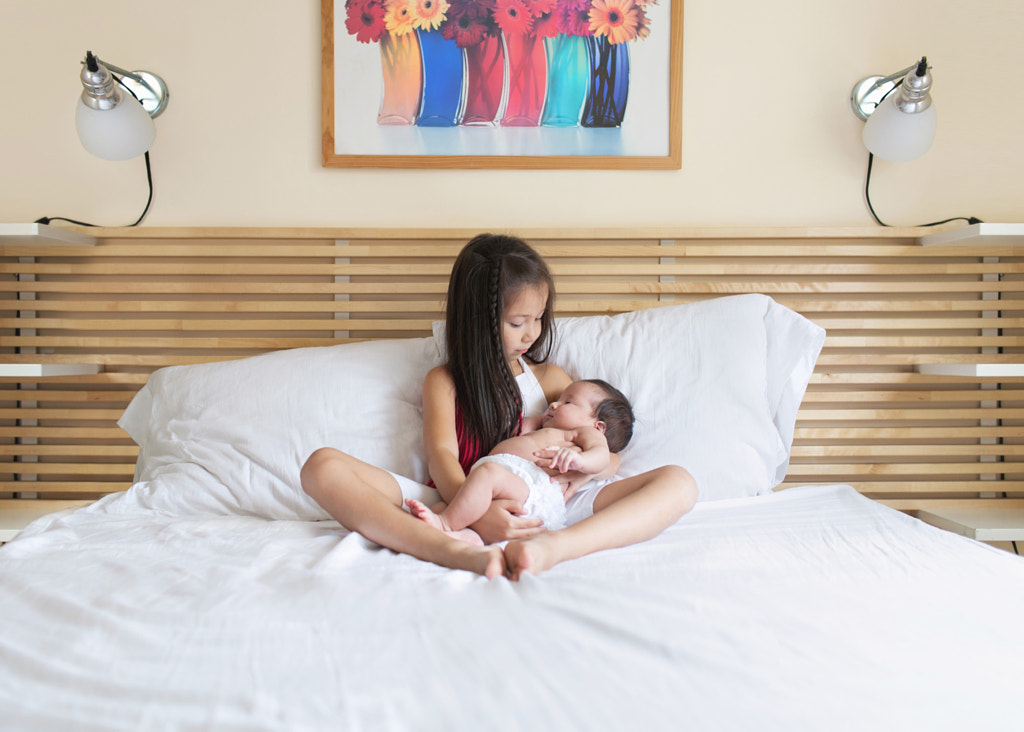




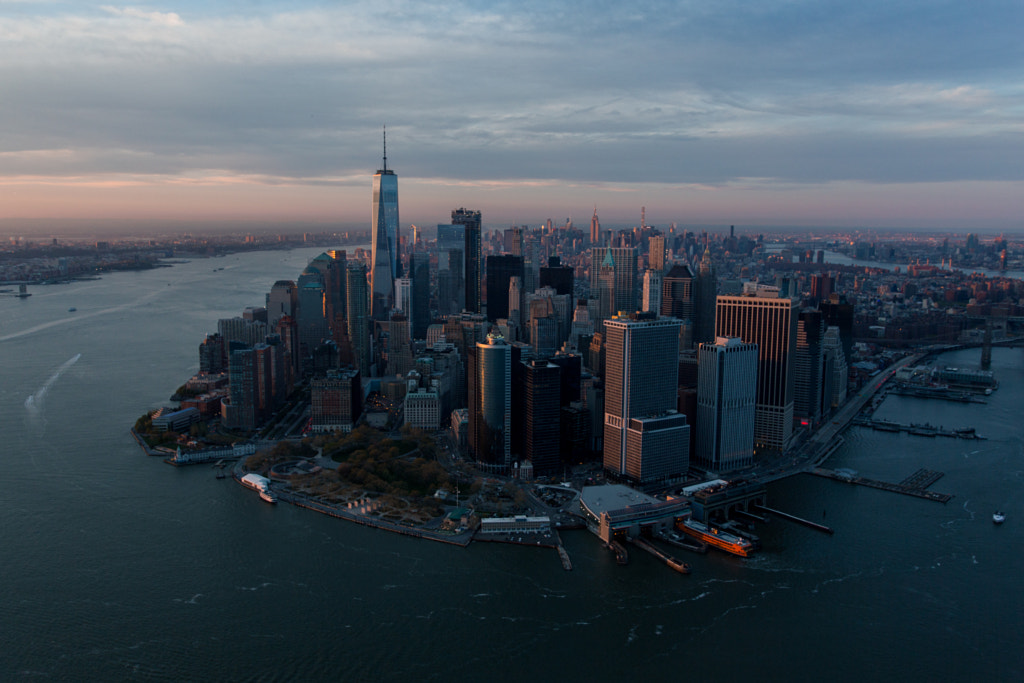

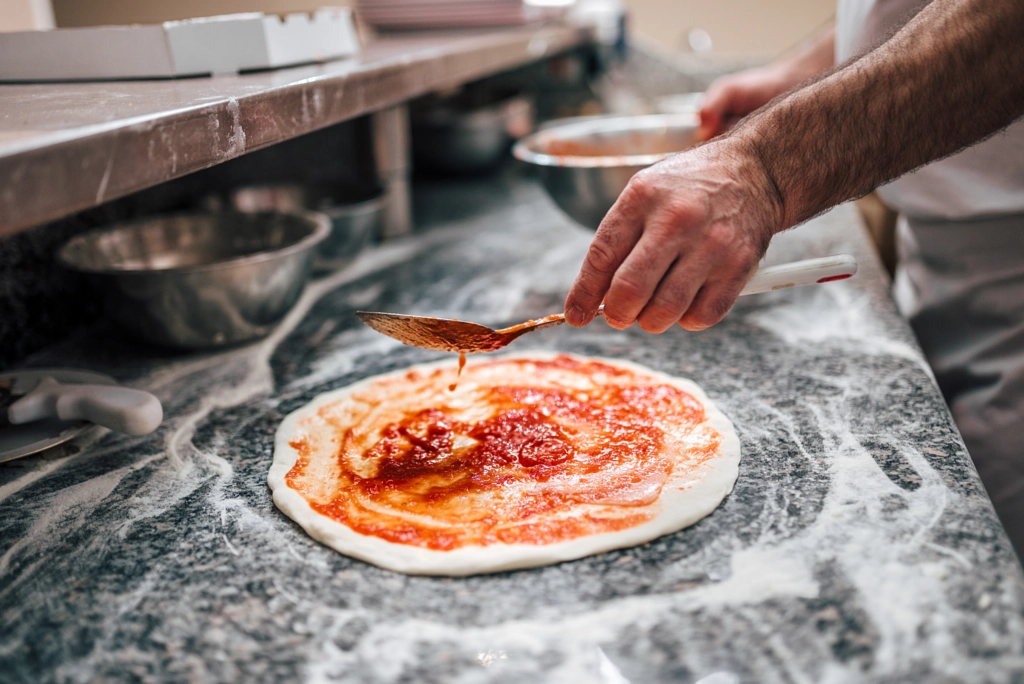
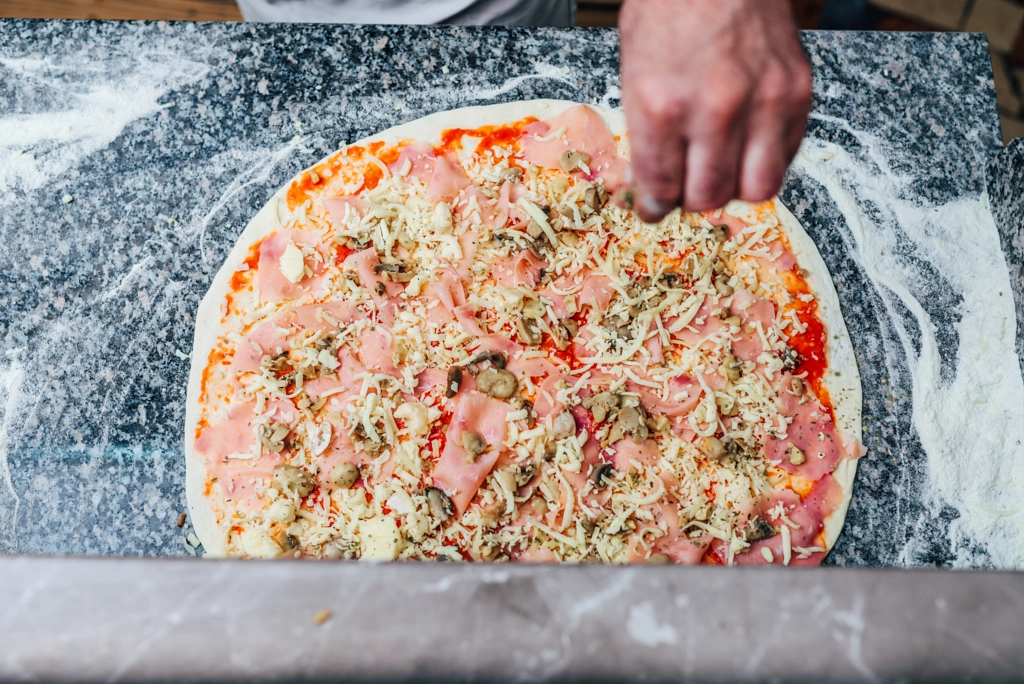
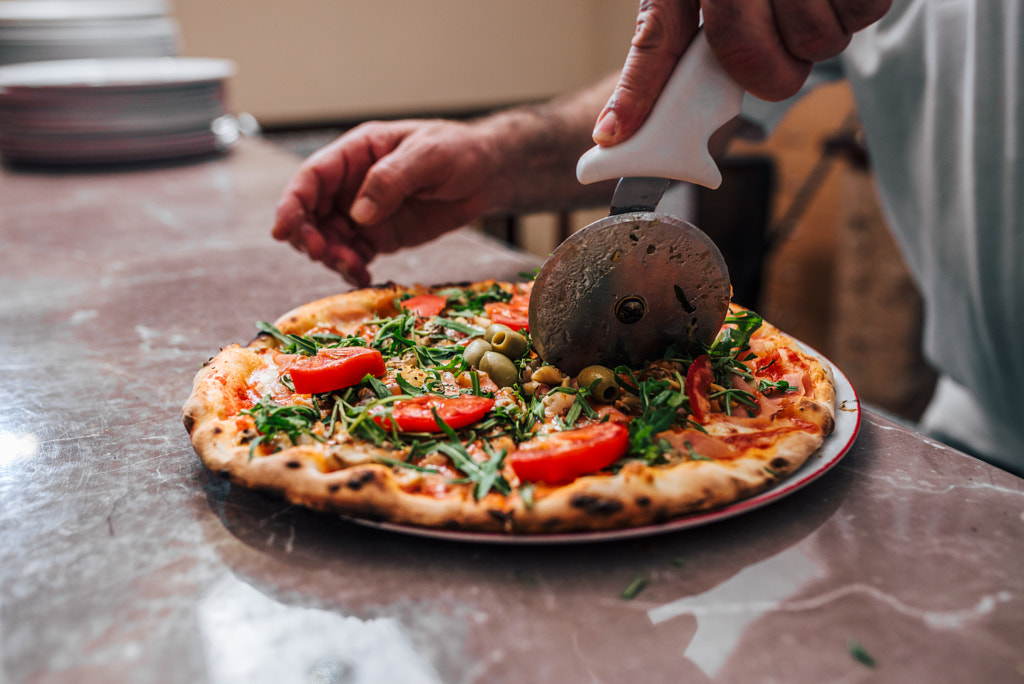

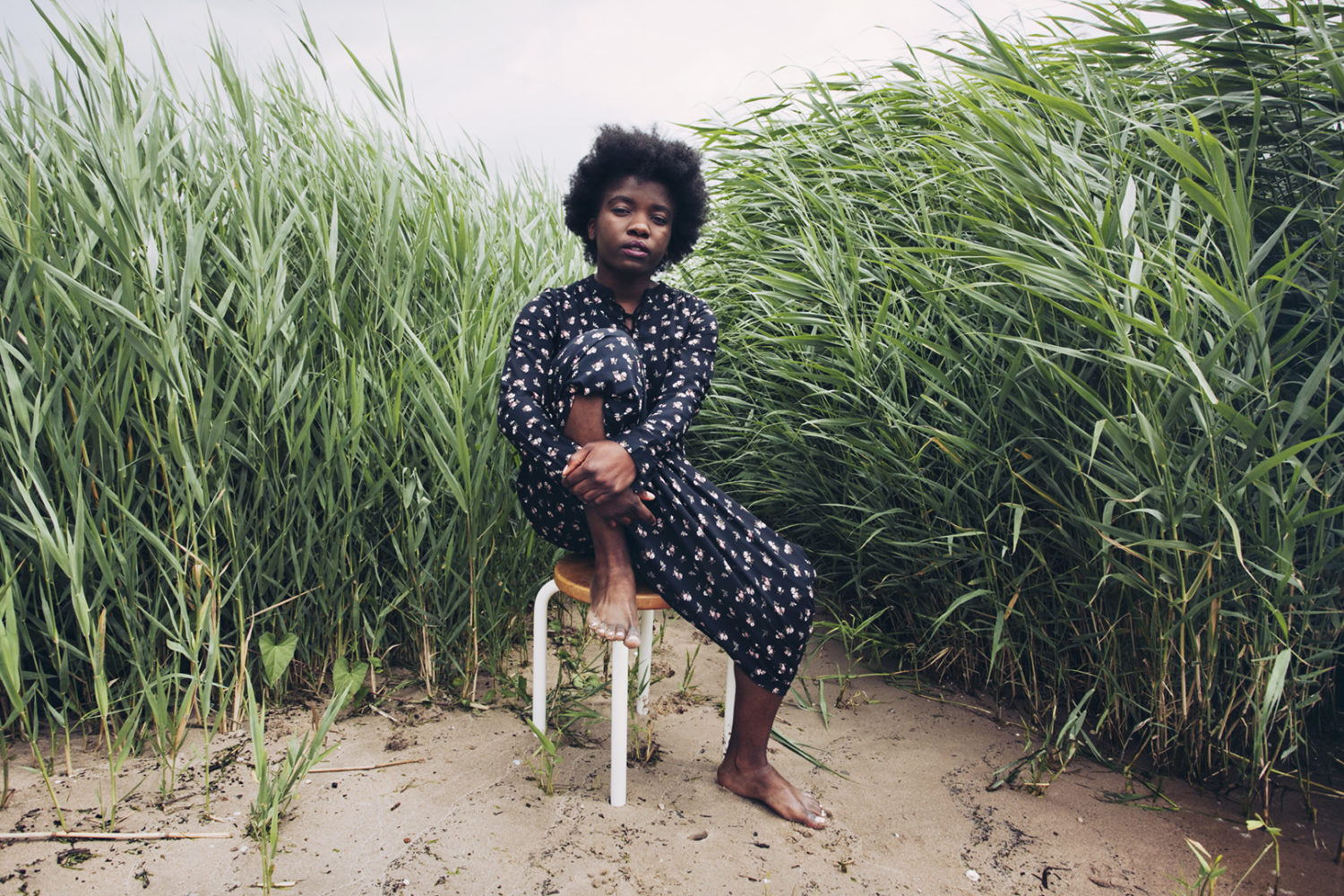
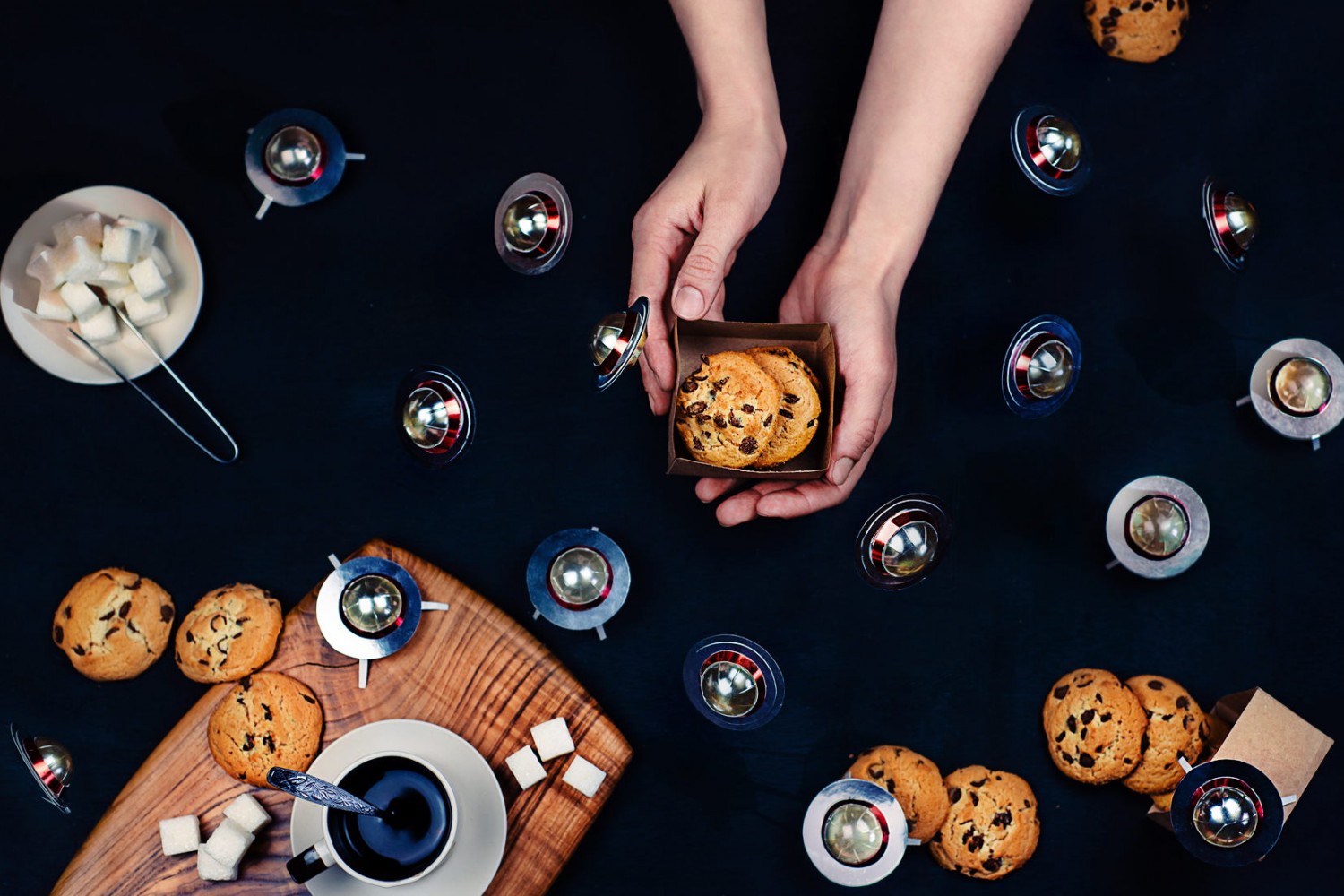
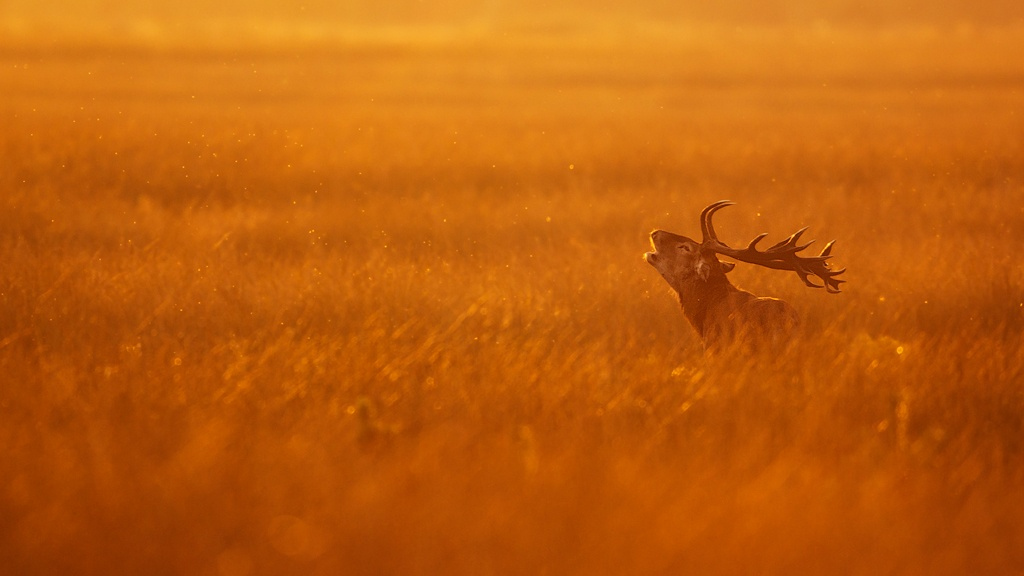
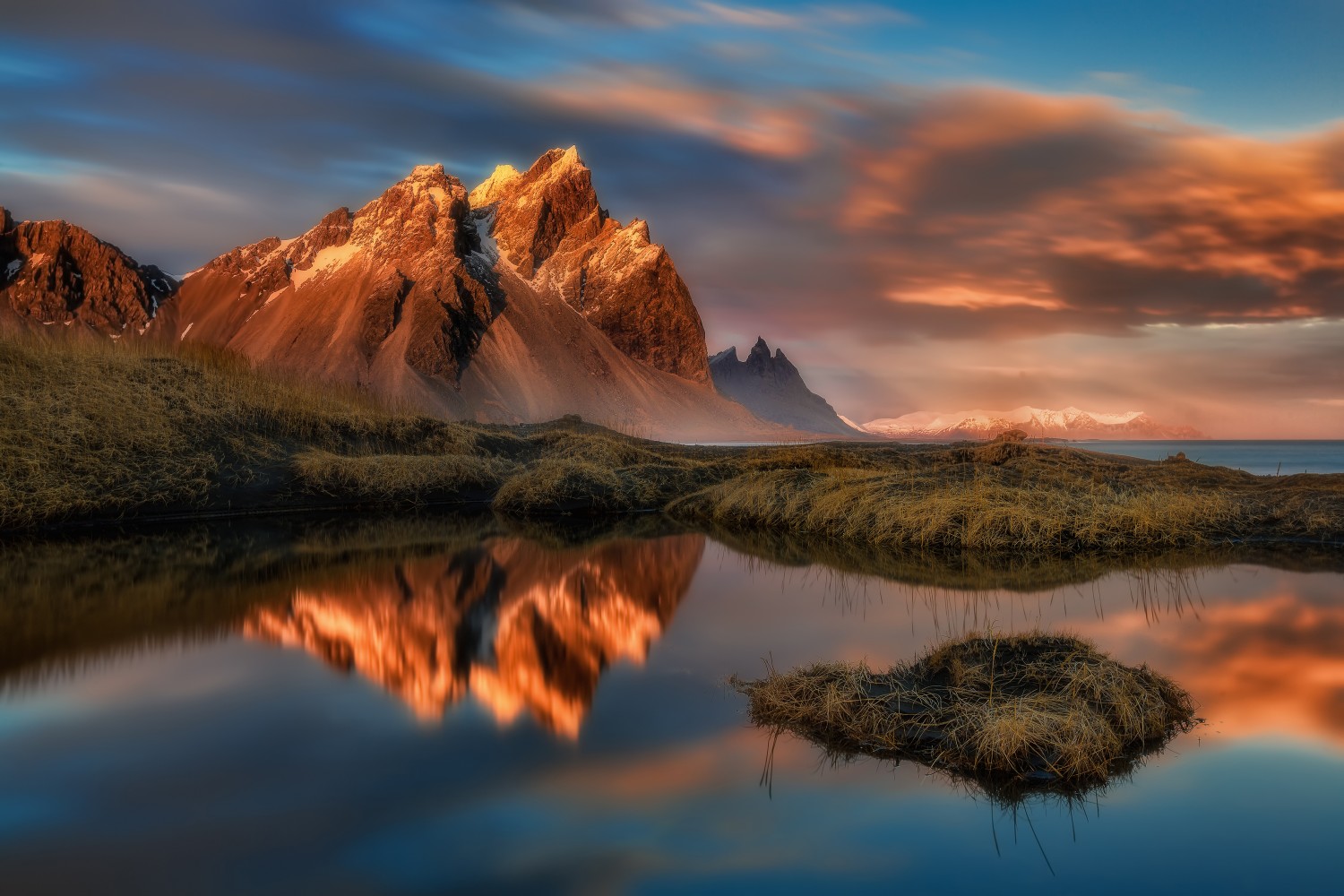
Leave a reply